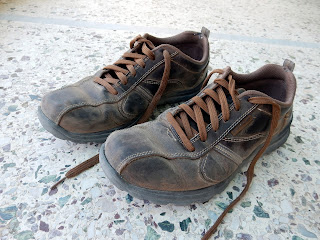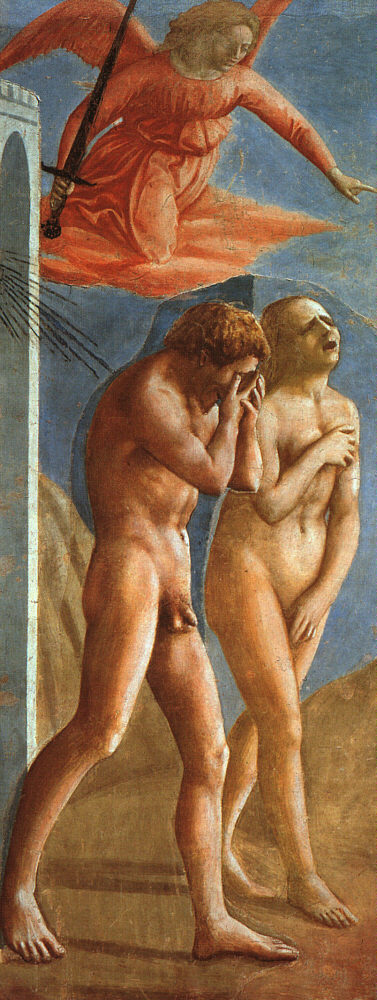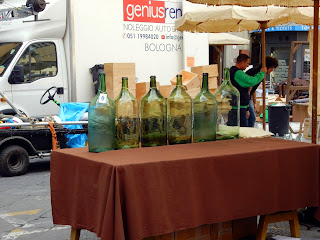Our last full day here is a good illustration of how much of the trip has gone. We did a mere two museums. The first was one we had been to before and failed to completely cover. That turned out to be a nuisance because the galleries we went to see were closed without explanation for a few hours, an we had to juggle and kill time to get to them. It threw off our lunch plans, and we ended up with bad tourist food. All of that happened frequently enough that we might have predicted it.
And the other was the Epigraphic Museum. I guess most tourists don't know what an epigraphic museum is, and I've been to three of them on this trip (and never saw another tourist.) When we arrived this morning, the guard tried to tell us that we wanted to go around the corner to the National Archaeological Museum. (Nope, we've been there twice already.) And when he let us in he had to go find the guy who sells the tickets.
 |
| Ancient epigraphic instruments? |
We did stumble on one other lonely soul in there, an American graduate student in history working on his dissertation. I won't give away his thesis here, but it involved improving his database of epigraphic evidence directly from the source, examining one letter after another on steles and comparing them to the spreadsheet on his laptop. That could have been one of us, I was thinking, and I'm pretty sure he was wishing it wasn't him right then. He sounded pretty weary when I asked him about it.
Lucky us, we get to go home and just be armchair readers on his focus area and on a hundred other questions that engaged us. Ilene has a new hunger to understand the influence of the Byzantine era on Hellenism. I want to read up a lot more on the middle ages in the territories of the Roman empire and on Renaissance art.
The idea of another long trip like this sounds overwhelming, but I did tell Ilene once a few weeks ago that next time we should reproduce the English major's semester abroad and tour England for a few months. It's been a long, exhausting trip -- probably about a week too long -- but we definitely made the right decision to limit the number of stops and to dig in deep at those.
















































